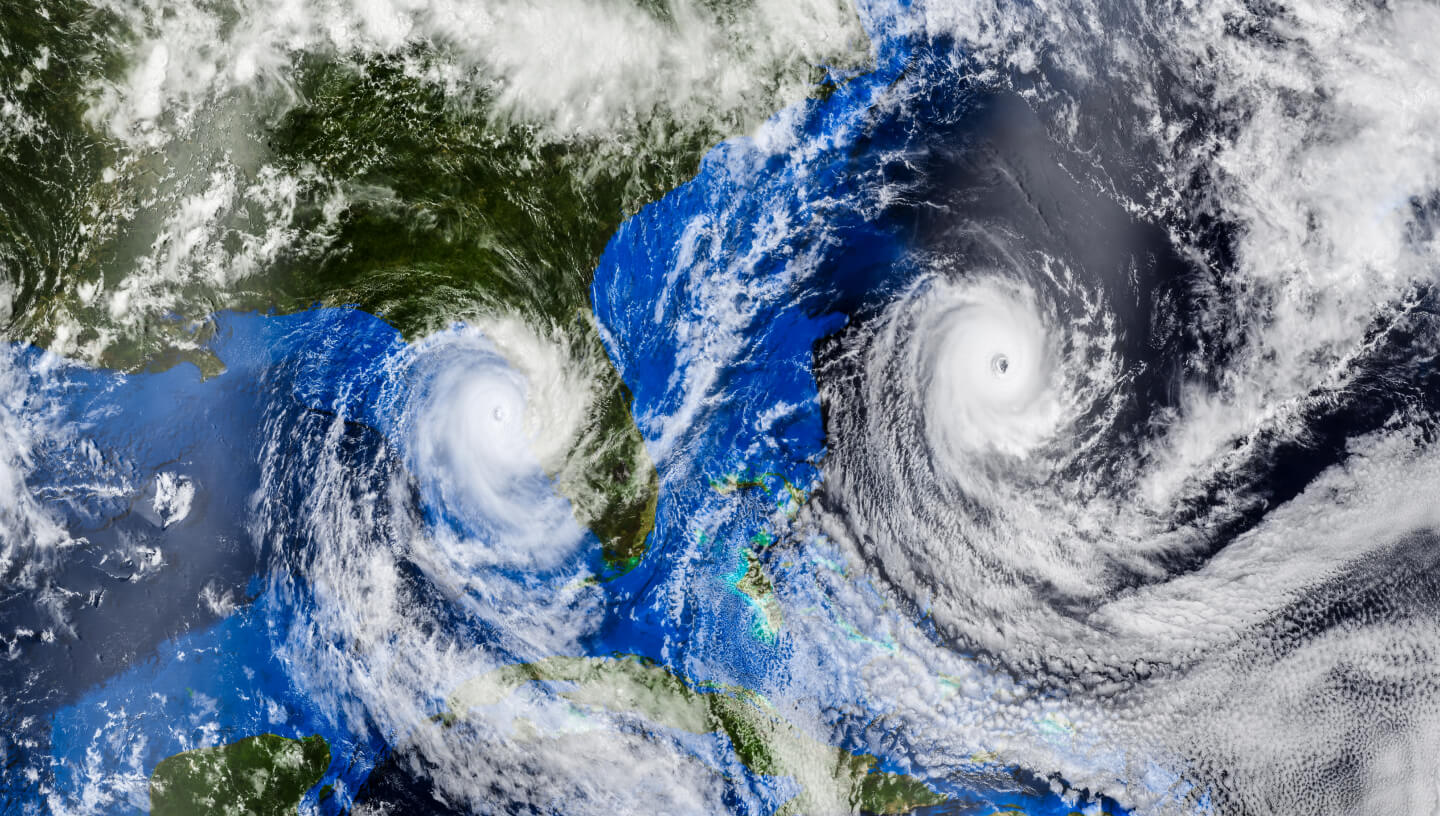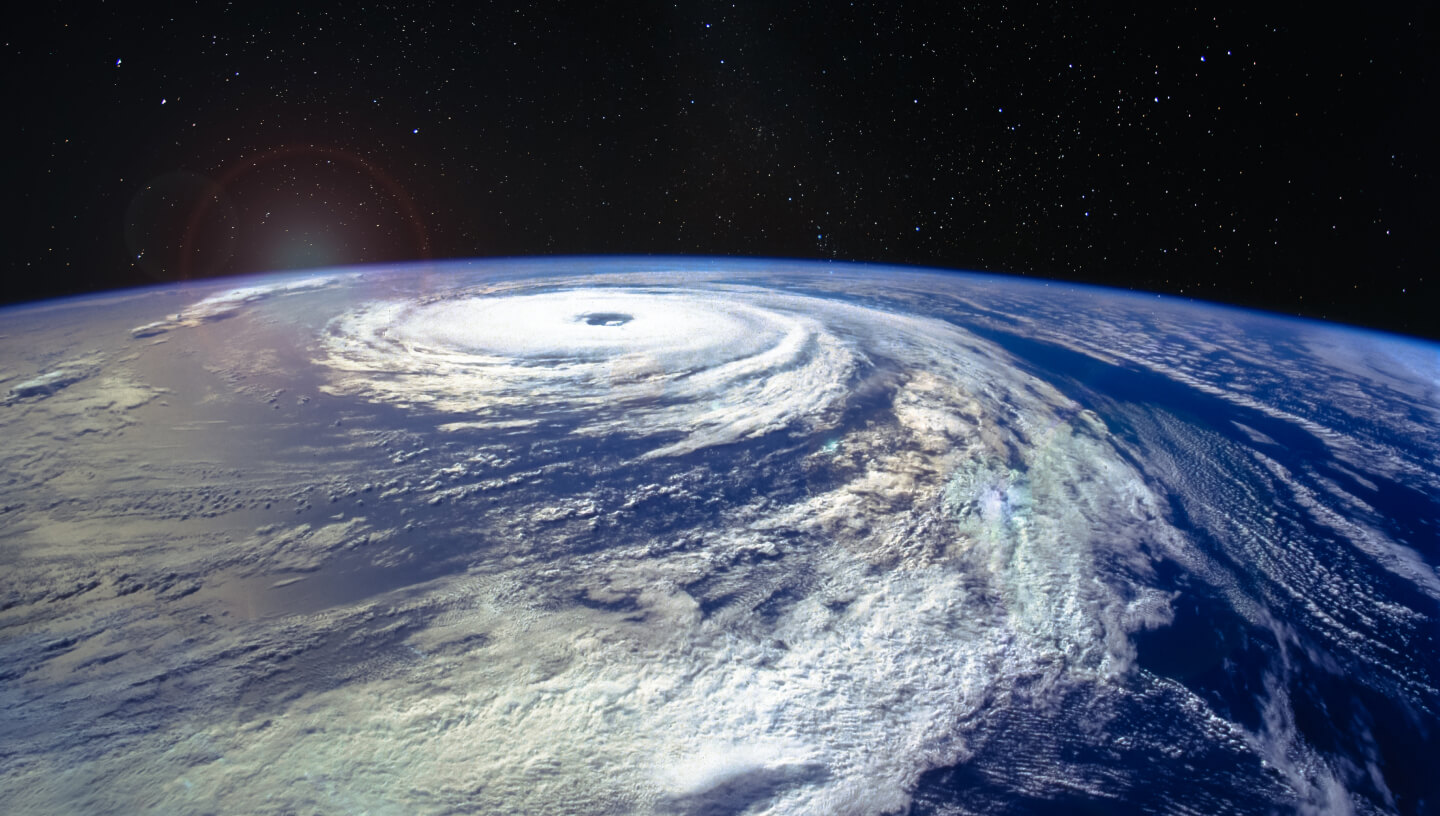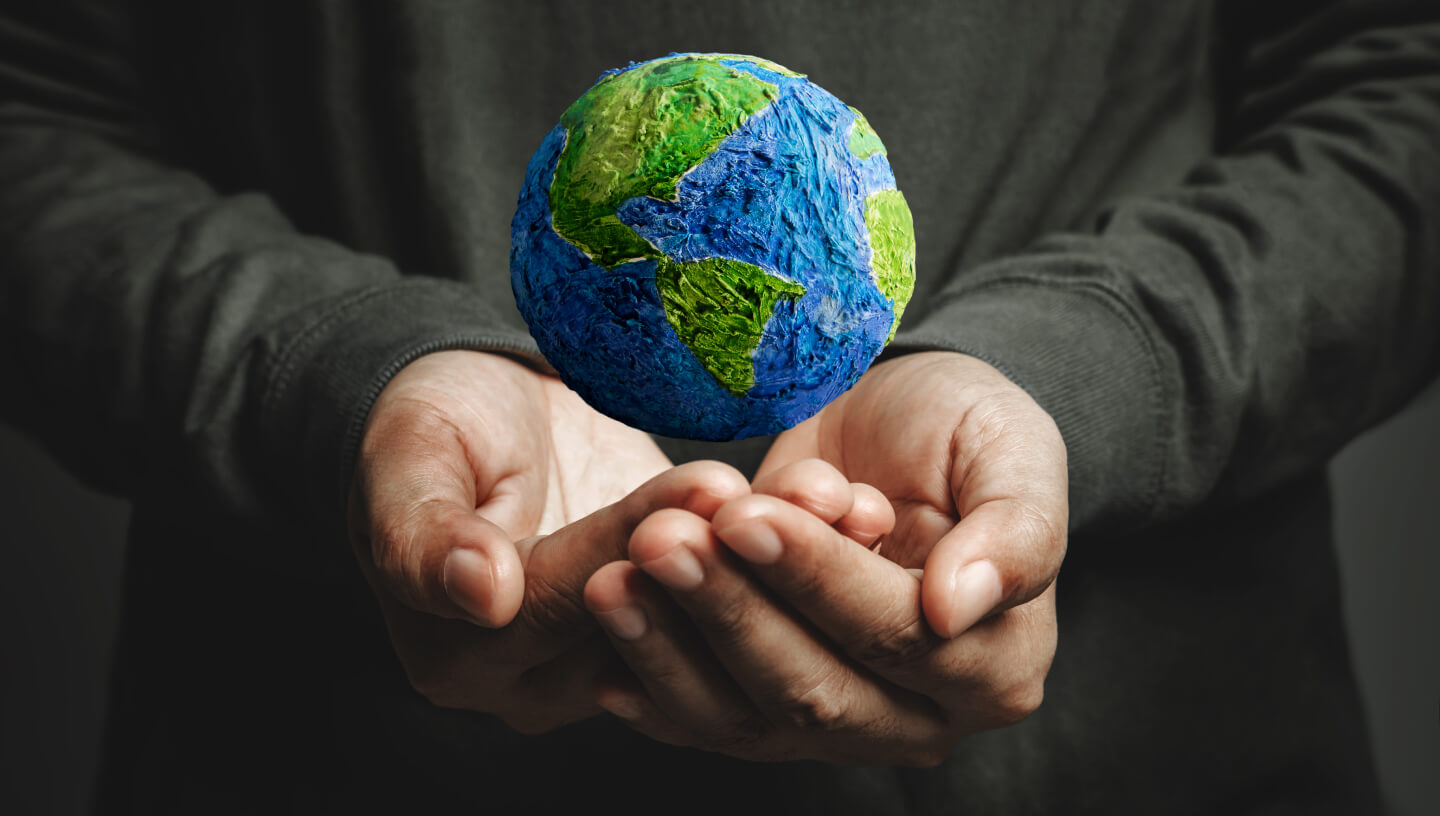According to the findings of the published document:
“There is no doubt that human influence has warmed the atmosphere, the ocean and the earth since pre-industrial times. Combining data across the climate system increases the level of confidence in attributing observed climate change to human influence and reduces the uncertainties associated with estimates based on individual variables. Large-scale indicators of climate change in the atmosphere, ocean, cryosphere and Earth’s surface show clear responses to anthropogenic forcing consistent with those expected based on modelling and physical understanding {3.8.1}”.
How were these conclusions arrived at and how trustworthy are they? The methods used in the IPCC study should be considered to get to the bottom of this.
Assessing the anthropogenic contribution to observed climate change requires
- estimating the expected response to anthropogenic forcing,
- assessment of the expected climate evolution due to natural forcings,
- an assessment of the internal variability of the climate system (internal climate variability).
This requires high-quality models. To get better results, not just one or two models but an ensemble of models is used, work is being done worldwide as part of the World Climate Research Programme (WCRP) Mutual Comparison of Linked Models, Phase 6 (CMIP6; Eyring et al., 2016a).
Together with observational data on large-scale climate change indicators 1, CMIP modelling is a key resource for the assessment of anthropogenic impacts on the climate system carried out by the IPCC. Pre-industrial climate data and historical modelling are most important for model evaluation and assessment of internal climate variability.
The IPCC 2021 report uses nearly 400 datasets from various experiments on 120 climate models in CMIP 6, run by some 45 scientific organisations around the world, to draw conclusions and generate diagrams 2.
 Photo by: MikeMareen / iStock
Photo by: MikeMareen / iStock
What is a climate model?
Climate models use equations to represent the processes and interactions that determine the Earth’s climate. They cover the atmosphere, oceans, land and ice-covered regions of the planet. The Earth’s atmosphere, hydrosphere and surface are broken down into three-dimensional cells in which the necessary climate parameters (temperature, pressure, humidity and wind speed) are determined using formulas that reflect the various physical, chemical and biological processes occurring in the Earth system.
What physical processes do climate models take into account?
Climate models take into account fundamental physical principles, such as the first law of thermodynamics (also known as the law of conservation of energy), which states that in a closed system, energy cannot be lost or created but only ‘transferred’ from one form to another.
Another important physical law is the Stefan-Boltzmann law, through which scientists have shown that the natural greenhouse effect keeps the surface temperature of the Earth about 33 °C higher than it would be without it.
Then there are the equations describing the dynamics of what happens in the climate system, such as the Clausius-Clapeyron equation, which describes the relationship between air temperature and maximum water vapour pressure.
Most important are the Navier-Stokes equations of fluid motion, which describe the velocity, pressure, temperature and density of gases in the atmosphere and water in the ocean.
Numerical methods are used to solve the complex of these equations because many equations do not have a single, simple solution, requiring gigantic amounts of computation that only supercomputers can do.
The difference between climate models and weather models is the broader coverage of climate processes and longer time horizons — they predict averages over long time periods and take long-term processes such as glacial melt and ocean currents into account.
How are climate models tested?
Once a climate model has been created, it can be tested with hindsight. To do this, the model is run “from the present to the past” (predicting the past). The model results are then compared with actual climate and weather data for the selected period to assess how well they match. This testing allows scientists to check the accuracy of the models and revise its equations if necessary. Scientific teams around the world test and compare the results of their models with observations and the results of other models.
 Photo by: Elen11 / iStock
Photo by: Elen11 / iStock
Evolution and types of climate models
With each IPCC report, climate models have become increasingly sophisticated. Since the 1970s, models have taken into account (incrementally) land surface effects, cloud and ice reflectance, ocean absorption capacity, volcanic activity, sulphate emissions, ocean currents, vertical ocean circulation, rivers, carbon cycle at land surface, aerosol effects, chemical atmospheric transformations, interaction with vegetation and other processes in addition to CO2 emissions, solar radiation and precipitation.
In creating climate models, scientists use one of three common types of simple climate models: energy balance models, medium complexity models and general circulation models.
The earliest and simplest numerical climate models are energy balance models (EBMs). EBMs do not simulate the climate, but instead take into account the balance between the energy entering the Earth’s atmosphere from the sun and the heat returning back into space. The only climate variable they calculate is surface temperature. The simplest EBMs require only a few lines of code and can be run in a spreadsheet.
Radiation and convection models simulate energy transfer through the height of the atmosphere, e.g. by convection as warm air rises. Radiation-convective models can calculate the temperature and humidity of the different layers of the atmosphere.
The next level is general circulation models (GCMs), also called global climate models, which simulate the physics of the climate itself. This means that they take into account the air and water flows in the atmosphere and/or oceans as well as the transport of heat.
Early GCMs modelled only one aspect of the Earth system, such as in “atmosphere-only” or “ocean-only” models, but they did so in three dimensions, including multi-kilometre heights in the atmosphere or depths of the oceans in dozens of model layers.
GCMs today include biogeochemical cycles — the transfer of chemicals between living things and their environment — and how these interact with the climate system. These Earth System Models (ESMs) can simulate the carbon cycle, nitrogen cycle, atmospheric chemistry, ocean ecology and changes in vegetation and land use that affect how the climate responds to anthropogenic greenhouse gas emissions. They also take into account vegetation, which responds to temperature and rainfall and, in turn, changes the uptake and release of carbon and other greenhouse gases into the atmosphere.
More complex ‘coupled’ models combine these different models to provide a comprehensive representation of the climate system. Joint atmospheric-oceanic general circulation models can simulate, for example, the exchange of heat and freshwater between land and the ocean surface and the air above them.
This is the kind of sophisticated “coupled” models used by the IPCC to calculate climate parameters in preparing the section on the physical science basis for the Sixth Assessment Report on Climate Change.
An example of a modern model used in the CMIP is the Russian INM-CM5-0 model of the Institute of Computational Mathematics of the Russian Academy of Sciences (7).
Institute of Computational Mathematics, RAS INM-CM5-0 Climate model
The INMCM5.0 climate system model consists of two main blocks: general atmospheric circulation and general ocean circulation.
In the atmospheric block, the resolution is 2° × 1.5° in longitude and latitude and 73 vertical levels. The upper boundary of the computational domain is at about 60 kilometres. This is significantly higher than in the previous version, where it was at an altitude of about 30 kilometres, which is necessary to correctly reproduce stratospheric dynamics. The model uses parameterisations of atmospheric radiation, deep and shallow convection, orographic and non-orographic gravity-wave drag, soil, land surface and vegetation processes. Compared to the previous version, the cloudiness and condensation calculation scheme has been changed.
The atmospheric dynamics model is supplemented by an aerosol block, in which predictive equations are calculated for concentrations of 10 substances: coarse and fine dust and sea salt fractions, sulphate gas, sulphate aerosol, hydrophilic and hydrophobic forms of black carbon and organic carbon. In the radiation block both direct and indirect effects of aerosols are taken into account.
The ocean block, which is a general ocean circulation model, solves the equations on a grid with a resolution of 0.5° × 0.25° in longitude and latitude and 40 levels vertically, it also includes a block of sea ice evolution.
 Photo by: BlackSalmon / iStock
Photo by: BlackSalmon / iStock
How do climate models work?
Scientists are conducting many different experiments to simulate past, present and future climates. They are also developing tests to test the performance of specific parts of different climate models. Model developers are running experiments on what would happen if, say, we suddenly quadrupled our CO2 emissions or if geo-engineered approaches were used to cool the climate.
Different groups of scientists around the world are conducting the same experiments with their climate models, creating what is called a model ensemble. These ensembles of models allow researchers to study differences between climate models and also better reflect uncertainty in future predictions. Experiments that model developers conduct as part of Coupled Model Intercomparison Projects (CMIP) include:
- Historical climate projections that allow scientists to compare model predictions of past climate with recorded climate observations. If climate models successfully predict past climate variables, such as surface temperature, this gives more confidence in model predictions of the future.
Historical runs are also useful for determining how much of a role human activities play in climate change (known as ‘attribution’). This is done by comparing two versions of the model with the observed climate — with only natural forcing and with both human and natural forcing. Differences between the two variants provide an indication of the contribution of human activities to climate change.
-
Future climate scenarios
The fifth IPCC assessment report focused on four future warming scenarios, known as Representative Concentration Pathway (RCP) scenarios. They look at how the climate may change from now to 2100 and beyond. The sixth phase looked at the general socio-economic pathway scenarios (SSP, see (5), (6)), in which projections of greenhouse gas emissions are based on different options for future socio-economic and political projections.
Integrated Assessment Models (IAMs) simulate how population, economic growth and energy use affect and interact with the physical climate. IAMs create scenarios of how greenhouse gas emissions might change in the future. Scientists can then run these scenarios using Earth system models to create climate change projections.
In climate research IAMs are commonly used to predict future greenhouse gas emissions and the benefits and costs of the policy options that can be implemented to address them. For example, they are used to estimate the carbon social cost — a monetary estimate of the impact, both positive and negative, of each additional tonne of CO2 emitted.
The nine SSP scenarios cover a wide range of futures, from a business-as-usual world with little or no mitigation measures to a world in which aggressive mitigation measures generally limit warming to less than 2 °C.
- Control runs are useful for studying how natural variability is expressed in models in the absence of other changes. They are also used to diagnose ‘model drift’, where spurious long-term changes occur in the model that are unrelated to either natural variability or changes in external forcing.
If the model “drifts”, it will experience changes beyond the normal natural variability from year to year and decade to decade, even if the factors affecting the climate, such as greenhouse gas concentrations, do not change.
Control runs run the model in the period before modern industrial activity has dramatically increased greenhouse gas emissions. They then allow the model to run for hundreds or thousands of years without changing greenhouse gases, solar activity or any other external factors affecting the climate. Human and natural factors remain unchanged.
- Diagnostic tests and comparisons to identify the impact of different blocks and factors on the performance of the models. These are:
- Atmospheric Model Intercomparison Project (AMIP), which investigates changes in atmospheric parameters when the land and ocean are “off” (unchanged);
- a sudden quadrupling of CO2 emissions;
- runs with 1% increase in CO2 per year;
- paleoclimate runs, where models are run for past climate (paleoclimate) to understand how large fluctuations in the Earth’s climate occurred in the past, such as during ice ages, and how sea levels and other factors changed during warming and cooling periods. These past changes provide a guide to the future if warming continues.
- Specialised model tests
As part of CMIP6, research groups around the world are conducting many different experiments. These include consideration of aerosol behaviour in models, cloud formation and feedbacks, ice sheet response to warming, monsoon changes, sea level rise, land use changes, oceans and volcanic impacts.
As a result of the work carried out, the IPCC report draws the following general conclusion:
“For most large-scale climate change indicators, modelled recent climate averages from the latest generation of CMIP6 climate models underpinning this assessment have improved over the CMIP5 models estimated in DO5 (high confidence). Some differences from observations remain, e.g. in regional precipitation regimes”.
The continuous improvement of climate models since the 1970s, with the increasing confidence of modelling scientists at organisations around the world in the resulting anthropogenic climate forcing, and the multi-level model quality checks, point to the need for these data to inform climate policy.
1. Eyring, V., N.P. Gillett, K.M. Achuta Rao, R. Barimalala, M. Barreiro Parrillo, N. Bellouin, C. Cassou, P.J. Durack, Y. Kosaka, S. McGregor, S. Min, O. Morgenstern, and Y. Sun, 2021: Human Influence on the Climate System. In Climate Change 2021: The Physical Science Basis. Contribution of Working Group I to the Sixth Assessment Report of the Intergovernmental Panel on Climate Change [Masson-Delmotte, V., P. Zhai, A. Pirani, S.L. Connors, C. Péan, S. Berger, N. Caud, Y. Chen, L. Goldfarb, M.I. Gomis, M. Huang, K. Leitzell, E. Lonnoy, J.B.R. Matthews, T.K. Maycock, T. Waterfield, O. Yelekçi, R. Yu, and B. Zhou (eds.)]. Cambridge University Press, Cambridge, United Kingdom and New York, NY, USA, pp. 423–552, doi:10.1017/9781009157896.005.
2. IPCC, 2021: Annex II: Models [Gutiérrez, J M., A.-M. Tréguier (eds.)]. In Climate Change 2021: The Physical Science Basis. Contribution of Working Group I to the Sixth Assessment Report of the Intergovernmental Panel on Climate Change [Masson-Delmotte, V., P. Zhai, A. Pirani, S.L. Connors, C. Péan, S. Berger, N. Caud, Y. Chen, L. Goldfarb, M.I. Gomis, M. Huang, K. Leitzell, E. Lonnoy, J.B.R. Matthews, T.K. Maycock, T. Waterfield, O. Yelekçi, R. Yu, and B. Zhou (eds.)]. Cambridge University Press, Cambridge, United Kingdom and New York, NY, USA, pp. 2087–2138, doi:10.1017/9781009157896.016.
3. CarbonBrief. Q&A: How do climate models work?
4. Eyring, V., Bony, S., Meehl, G. A., Senior, C. A., Stevens, B., Stouffer, R. J., and Taylor, K. E.: Overview of the Coupled Model Intercomparison Project Phase 6 (CMIP6) experimental design and organization, Geosci. Model Dev., 9, 1937–1958, 2016.
5. Meinshausen, M., Nicholls, Z. R. J., Lewis, J., Gidden, M. J., Vogel, E., Freund, M., Beyerle, U., Gessner, C., Nauels, A., Bauer, N., Canadell, J. G., Daniel, J. S., John, A., Krummel, P. B., Luderer, G., Meinshausen, N., Montzka, S. A., Rayner, P. J., Reimann, S., Smith, S. J., van den Berg, M., Velders, G. J. M., Vollmer, M. K., and Wang, R. H. J.: The shared socio-economic pathway (SSP) greenhouse gas concentrations and their extensions to 2500, Geosci. Model Dev., 13, 3571–3605, 2020.
6. Keywan Riahi, Detlef P. van Vuuren, Elmar Kriegler, Brian O’Neil. The Shared Socio‐Economic Pathways (SSPs): An Overview. 2016.
7. Volodin E.M., Mortikov E.V., Kostrykin S.V., Galin V.Y., Lykosov V.N., Gritsun A.S., Diansky N.A., Gusev A.V., Yakovlev N.G. Reproduction of modern climate in the new version of the RAS IWM Climate Model // Izv. Physics of the Atmosphere and Ocean. 2017. V. 53. № 2. P. 164-178.
8. Gulev, S.K., P.W. Thorne, J. Ahn, F.J. Dentener, C.M. Domingues, S. Gerland, D. Gong, D.S. Kaufman, H.C. Nnamchi, J. Quaas, J.A. Rivera, S. Sathyendranath, S.L. Smith, B. Trewin, K. von Schuckmann, and R.S. Vose, 2021: Changing State of the Climate System. In Climate Change 2021: The Physical Science Basis. Contribution of Working Group I to the Sixth Assessment Report of the Intergovernmental Panel on Climate Change [Masson-Delmotte, V., P. Zhai, A. Pirani, S.L. Connors, C. Péan, S. Berger, N. Caud, Y. Chen, L. Goldfarb, M.I. Gomis, M. Huang, K. Leitzell, E. Lonnoy, J.B.R. Matthews, T.K. Maycock, T. Waterfield, O. Yelekçi, R. Yu, and B. Zhou (eds.)]. Cambridge University Press, Cambridge, United Kingdom and New York, NY, USA, pp. 287–422, doi:10.1017/9781009157896.004.
1 Surface and upper air temperatures, components of the hydrological cycle (surface humidity, deposited water vapour, precipitation, runoff, precipitation-evaporation), atmospheric circulation (sea level pressure and winds, Hadley/Walker circulation, global monsoons, blocking, storm tracks and jets, sudden stratospheric warming), sea ice extent/area, seasonality and thickness, land snow cover, glacier mass and extent, ice sheet mass and extent, permafrost temperature and active layer thickness, ocean temperature/heat, salinity, sea level, circulation, pH and deoxygenation, seasonal CO2 cycle, marine biosphere (marine biota distribution, primary production, phenology), terrestrial biosphere (terrestrial biota distribution, global greening/deforestation, growing season), see (8).
2 CMIP6.CMIP.INM.INM-CM5-0.piControl
Cover photo: janiecbros / iStock








Comments